
Navigating the kitchen can be tricky, especially with ingredients that can easily overpower or spoil a dish. Here are 12 common culprits that, if not used carefully, could ruin your meal. Learn which items to handle with extra care or avoid altogether.
1. Licorice or Anise

Did you know licorice is the stem of a flowering plant? There was particular malice toward this strange ingredient. Even though seeing it in a recipe is rare, some chefs use it in desserts; others even cook it with meat. The famous sweet snack comes from the juice of the licorice plant Glycyrrhiza Glabra.
2. Capers
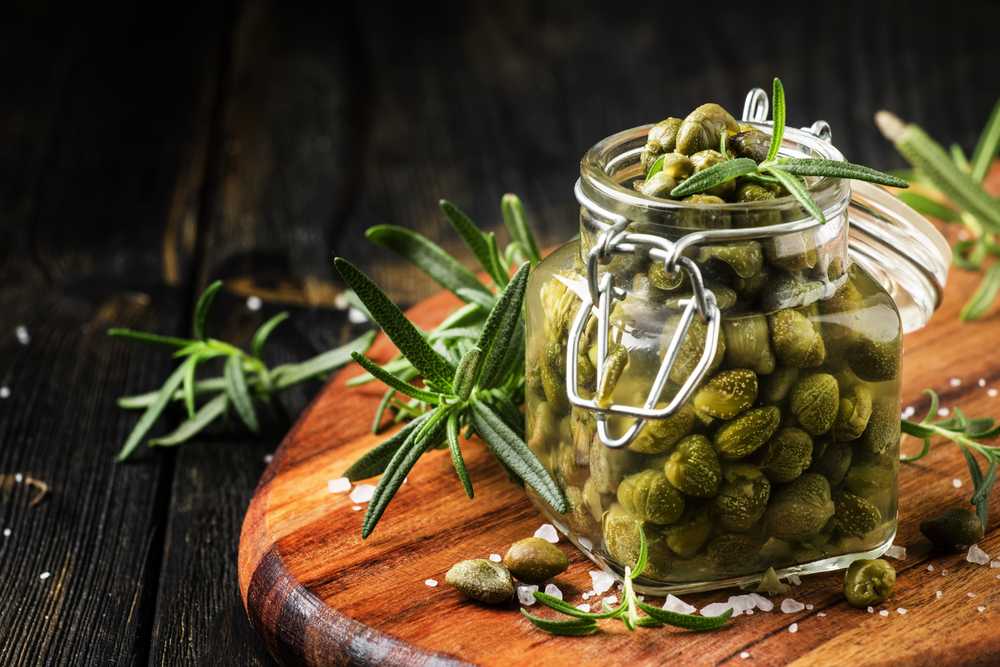
A funny exchange over the thread saw one commenter show love for capers, saying how one quart is nine dollars at Costco. A responder replies that they would pay that amount to never have them in a meal again. The latter statement fills my heart with love fuelled by a shared hatred of this ingredient.
3. Celery

Anybody who enjoys a bloody Mary or buffalo wings and dip swears by celery. Like olives, cucumber, or cilantro, celery has such a distinct flavor that it can contaminate a dish even after removal. So naturally, Italian cooks were up in arms. Celery is in the Holy Trinity of sauce vegetables, onion, garlic, and celery.
4. Liquid Smoke
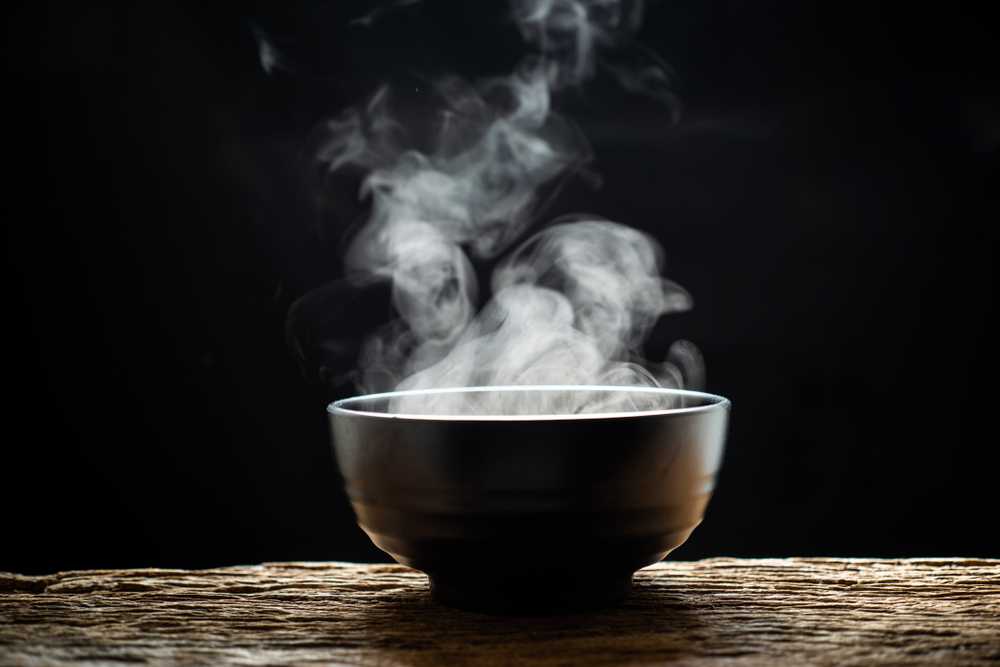
When liquid smoke appears in a link, you know real foodies are involved. I have never tried this one, but I am a fan of real smoke in my meat. However, the consensus here was that chefs are overusing this potent flavoring to the detriment of their recipes.
5. Rose Water

Rose water is not prominent in western cooking. When used in moderation, rose water adds a rich, perfume note to Middle-Eastern desserts and pastries. However, western chefs struggle to judge the amount needed, leading to rose-flavored everything. Nobody wants that.
6. Cilantro

I like to call cilantro Taco’s frenemy because just the right amount works with the spicy meat filling; get it wrong, and you have ruined a perfect relationship.
When used in excess, coriander becomes an obnoxious flavor for some people. Chopping it into fine pieces mitigates getting a leaf stuck in your gums — which borders on trauma for some.
7. Fish Sauce
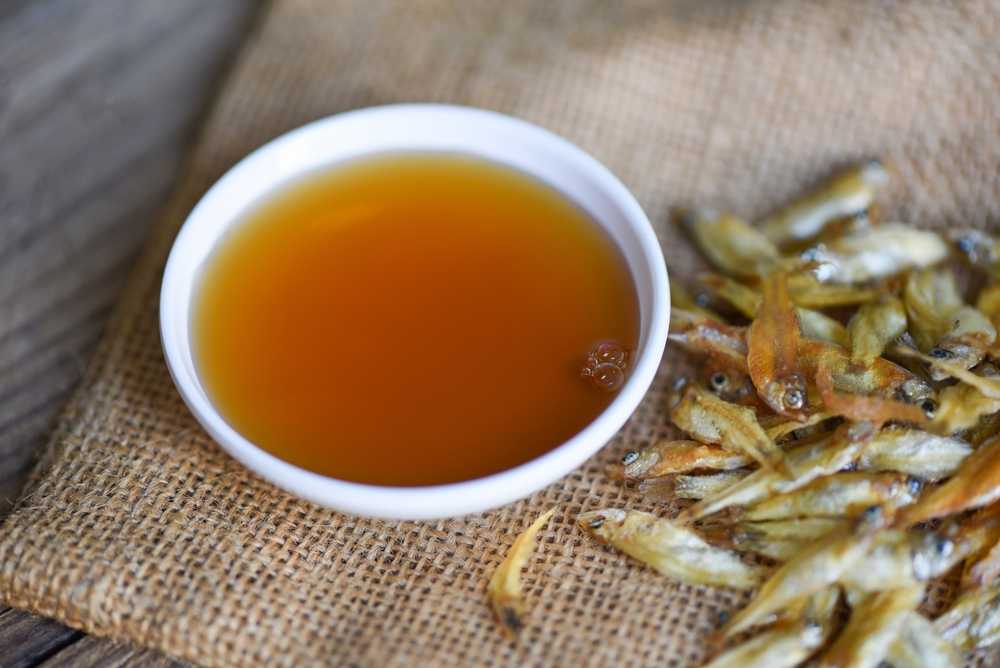
An essential in many Asian cuisines, fish sauce is a salty condiment made from fermented fish and salt. It imparts a deep umami flavor to dishes, acting as a flavor enhancer in everything from stir-fries to marinades. However, its strong aroma can be off-putting to the uninitiated. For those who venture past the scent, its savory depth can become indispensable in creating authentic dishes.
8. Olives

A hilarious reaction to this suggestion was an allusion to the “just pick out the olives” trope. This poster then declared that the instruction was defunct.
Removing olives is pointless if the taste and smell of a rotting carcass have contaminated your food.” I can empathize, although a toasted bagel with olive tapenade and cream cheese tastes wonderful.
9. Truffle Oil

One of the most expensive items on the list is truffles, which wealthy people (or those with a truffle-hunting mammal) shave onto their pasta or risotto. However, many in the thread waxed lyrically about their hatred of truffle oil ruining their fries or pasta dish.
10. Cucumber
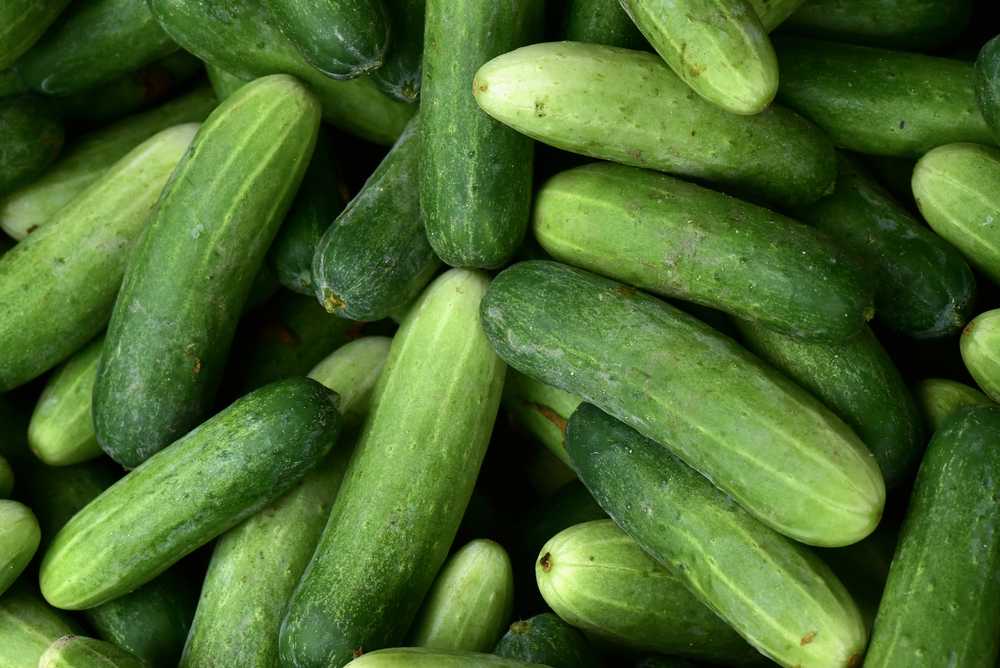
Cucumbers have an image problem. In unpeeled form, it resembles a diseased, wart-covered green bioweapon. When peeled and shaved, some people swear by the healing properties of a very healthy vegetable. However, like celery, cucumber has that knack for flavoring everything in the dish, even after being discarded.
11. Mushrooms
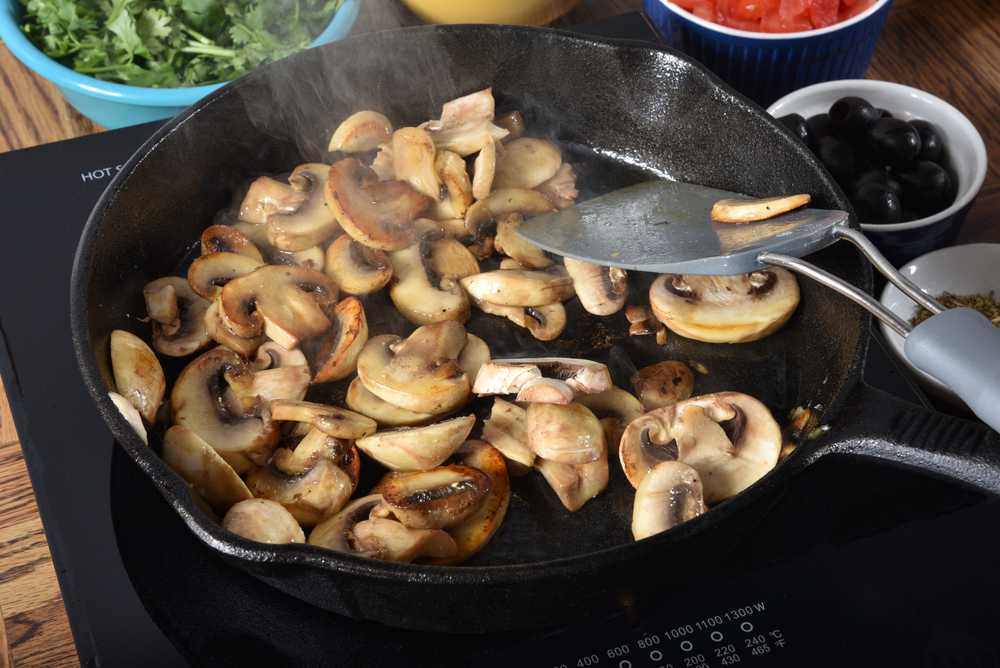
A truly versatile ingredient, mushrooms come in various shapes, sizes, and flavors. From the umami-rich shiitake to the delicate chanterelle, these fungi have graced kitchens for centuries. While their earthy flavor and meaty texture can elevate many dishes, not everyone’s palate is keen on them. Some adore their distinct taste and health benefits, while others are put off by their unique texture and potential for allergens.
12. Goat Cheese

A creamy delight with a rich history, goat cheese, often called chèvre, has been a staple in many cuisines. Made from goat’s milk, it offers a tangy and slightly tart flavor, contrasting with cheeses made from cow’s milk. Its creamy texture makes it a favorite in salads, sandwiches, and even desserts. However, its strong taste can be polarizing, with some relishing its boldness and others finding it too overpowering.
12 American Foods That People From Other Places Can’t Stomach
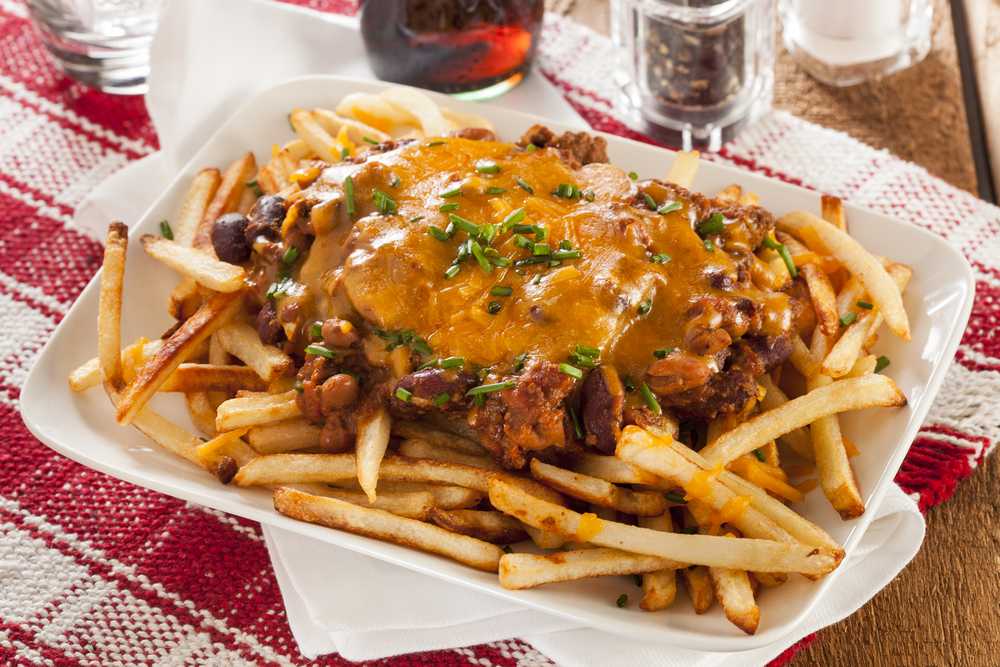
Ever wondered why some American dishes make visitors from abroad go “nope”?
Click Here For 12 American Foods That People From Other Places Can’t Stomach
12 Dishes from the ’60s and ’70s That Vanished from History
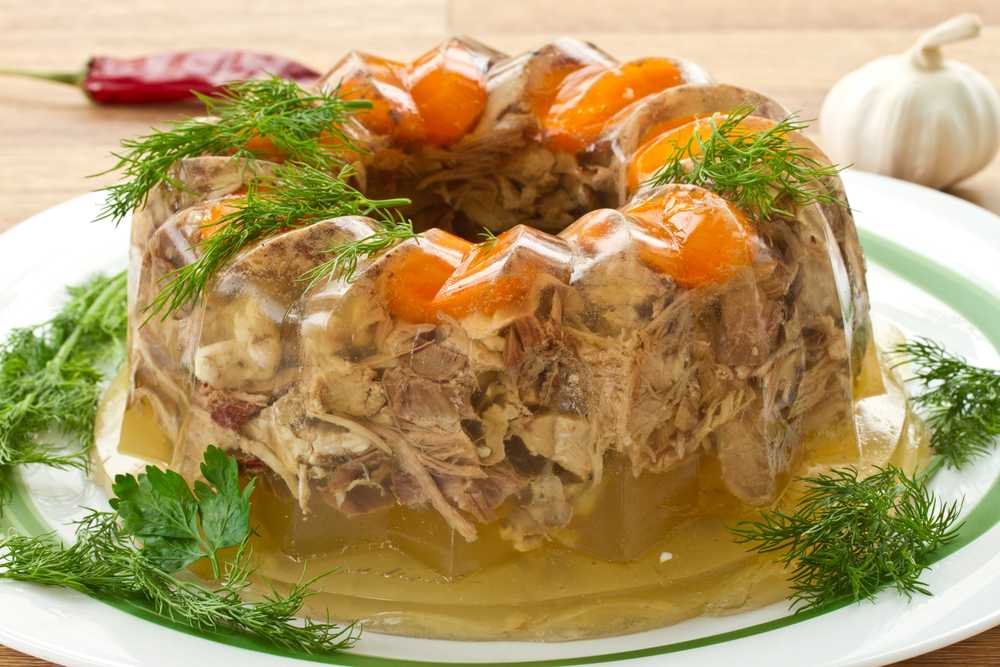
The ’60s and ’70s were vibrant times, not just for fashion and music but for food as well. This era brought us some truly unique dishes, many of which have been forgotten over time.
Click Here For 12 Dishes from the ’60s and ’70s That Vanished from History




